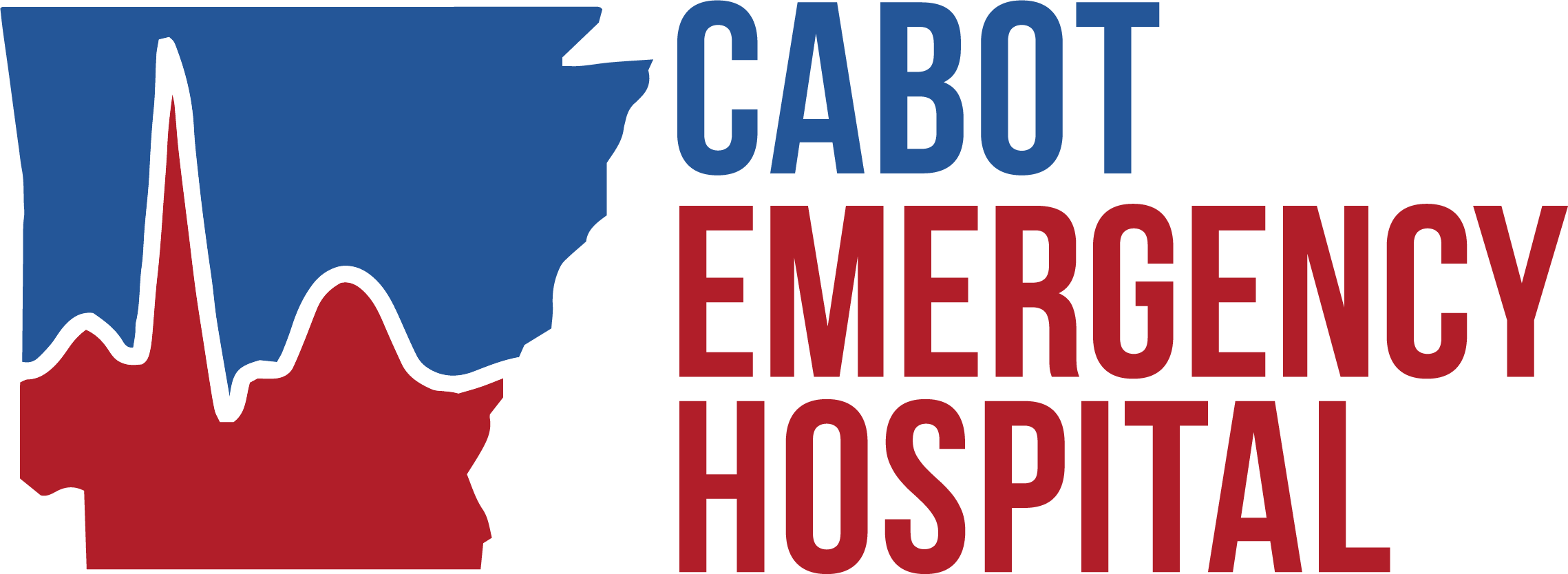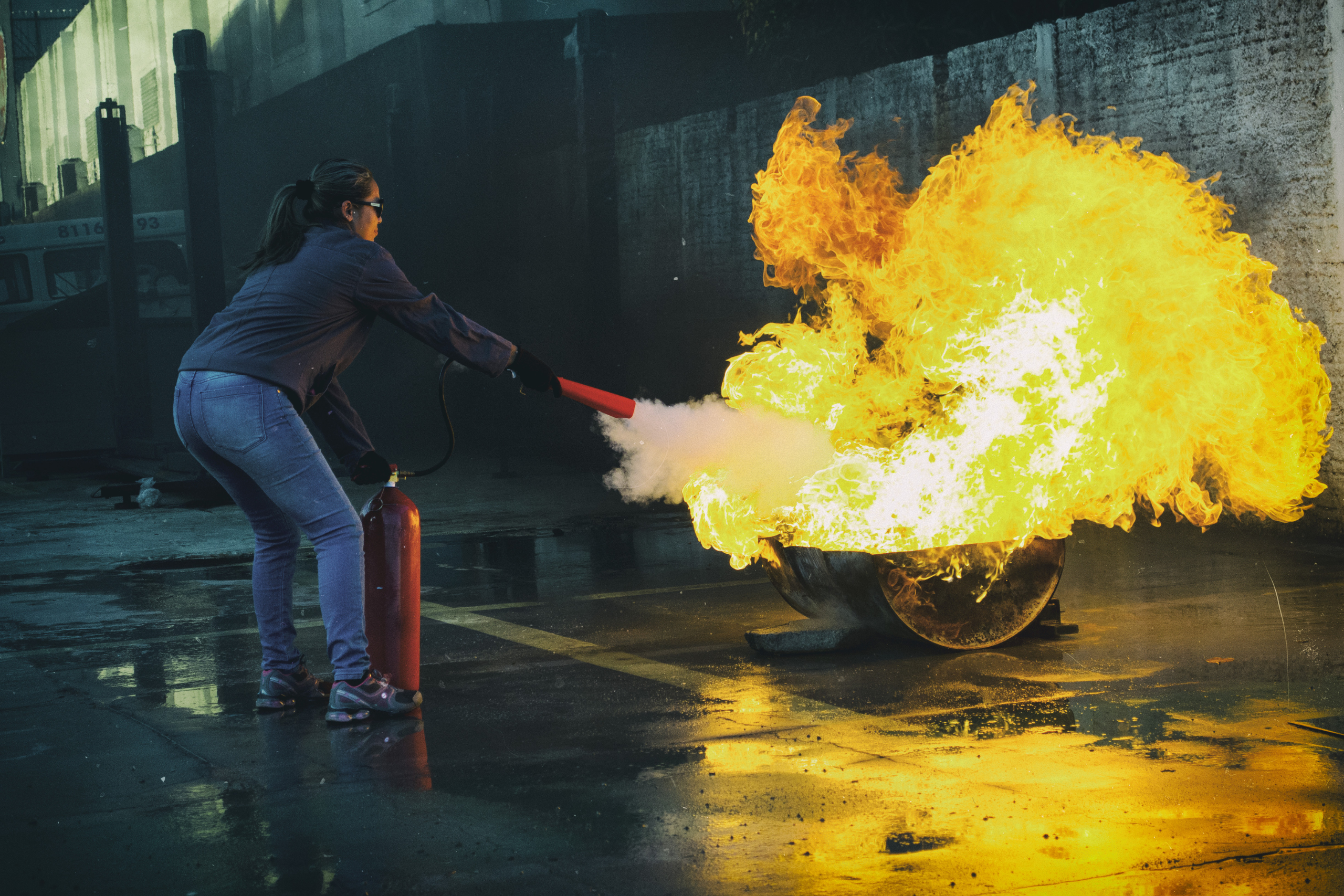Avoid hazardous burn injuries with essential safety tips and learn the correct time to go to the ER based on burn severity.
We see it happen every year. Hundreds of thousands of patients of all ages are admitted to the hospital with burn injuries – ranging from minor to severe. With the right prevention, you can take some simple steps to make any environment safe from basic burns and stay out of the emergency room.
Burn injuries are unique because, unlike most injuries, they can happen at any time, at any place, and in multiple forms. However, for the most part, burns are preventable. On average, 400,000 people are medically treated annually for burn injuries, with the majority of patients under the age of four and around 65.
What is a burn injury?
A burn injury is any damage to the skin or tissue cells caused by contact with heat, radiation, electricity, or chemicals. Burns are broken down into four levels of severity to classify the type and treatment of the burn. The higher the number, the more severe the burn.
Four Categories of Severity of Burns
- First-Degree Burn: This type of burn only affects the outer layer of skin, like a mild sunburn from laying out in the sun for too long. The injured area of the skin may appear red and painful, but there will be no blisters or lacerations. The injury usually heels quickly with no medical attention needed.
- Second-Degree Burn: In a second-degree burn, the outer layer of skin and the layer underneath is damaged. The affected skin area will appear bright red and swollen and may look shiny and wet due to blistering. Most likely, the burn will be painful and may need prescribed topical medication or pain medication to help with the injury healing. The injury may or may not leave a scar. It is recommended that the affected receive medical attention.
- Third-Degree Burn: This type of burn is sometimes referred to as a “full-thickness burn.” A third-degree burn destroys two full layers of skin down to the tissue. The site of the injury may appear black, brown, white, or yellow, accompanied by a feeling of numbness. Patients with third-degree burns must seek medical attention immediately, usually requiring treatment like a skin graft.
- Fourth-Degree Burn: This is the most severe type of burn. The burn injury is typically deep and life-threatening, destroying all layers of skin, fat, nerves, bones, muscles, and tendons at the site of injury. The intensity of this type of burn removes all feelings from the area. Those affected must seek immediate medical treatment and will likely have a long recovery process featuring rehabilitation.
Common Mistakes in Burn Injury Treatment
It is equally important to know what not to do if you or a loved one gets burned to reduce the risk of grim consequences.
- Do not put ice on the injury site. It may feel good to run cold water or put ice on a burn site, but this will cause more harm than good. A cold injury, on top of a heat injury, can disrupt the body’s healing process.
- Do not resort to home remedies. Using basic at-home items like mayonnaise or toothpaste on burns for healing is not correct and may halt the body’s natural healing process. A better option is an over-the-counter first-aid or prescription burn cream.
- Do not pop burn blisters. Burn blisters should be drained and dressed by medical professionals. This protects the skin underneath.
- Do not ask for or take antibiotics. Taking antibiotics to prevent infection of the burn injury will only disrupt the natural balance of bacteria in the body and halt the healing process. A topical solution on the injury site will protect the injured person from infection.
- Do not let the look of your burn wound deceive you. On the surface, a burn wound may not look as bad as it is. It is crucial to receive medical attention to address the injury before possibly facing long-term consequences.
Basic Safety Tips to Avoid Burn Injuries
There are many causes of burn injuries. The most common burns in the ER occur in the home, however, burn injuries can happen anywhere and be caused by many things – fire, heated objects, electricity, chemicals, and more.
Here are some simple steps to take to prevent burn injuries:
- Practice kitchen safety basics like never leaving cooking food unattended and turning the pots and pans handle on the stove to the back.
- Ensure smoke and carbon monoxide detectors have working batteries.
- Do not use electrical appliances near water.
- Proceed with caution when around open flames.
- Wear protective goggles when using chemicals.
For a complete list of burn prevention tips, click here.
NYE Firework Safety Tips to Avoid Burns
Every year thousands of bright and festive fireworks fill the night sky to bring in the start of the New Year. As beautiful as the shows may be, it is important to understand the danger of fireworks and the safety measures to take to ensure you and your loved ones are protected from severe fireworks burns.
The 2021 Fireworks Annual Report showed that about 8,500 people were sent to the ER with firework-related injuries, with 32.5% being severe burns, mainly to the hand and fingers.
Here are a few precautions to keep you and your loved ones safe during the holidays:
- Minimize alcohol consumption.
- Always have adult supervision.
- Ensure the instructions are read and followed correctly before lighting explosives.
- Light one firework at a time.
- Keep a fire extinguisher nearby.
- Discard all fireworks as directed.
The safest way to view fireworks is to attend professional shows. Just note to keep a safe distance from the explosive site.
If you or a loved one experience a burn injury, no matter the severity, and needs immediate medical attention, come in to Cabot Emergency Hospital, your go-to neighborhood ER. Our expert, board-certified physicians, matched with our advanced technology, are here to handle all your medical emergencies 24/7, 365 days a year with little to no wait.
We wish you a Happy, Healthy, and Safe New Year!
Disclaimer: As a service to our reader, Cabot Emergency Hospital and Nutex Health state no content on this site, regardless of date, should ever be used as a substitute for direct medical advice from your doctor or other qualified clinicians.





Comments are closed